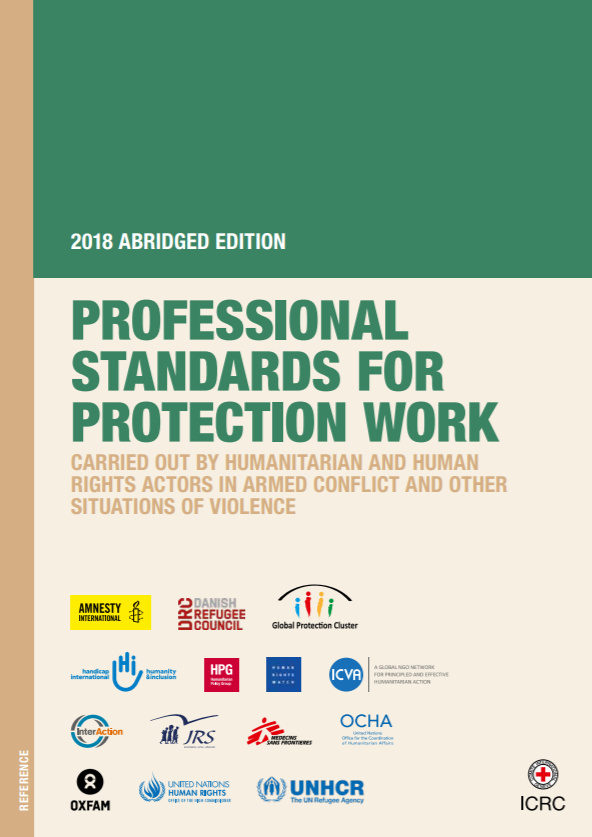Inter-Agency Standing Committee Policy on Protection in Humanitarian Action

In a statement issued in December 2013, the Principals of the Inter-Agency Standing Committee (IASC) affirmed that all humanitarian actors have a responsibility to place protection at the center of humanitarian action. As part of preparedness efforts, immediate and life-saving activities, and throughout the duration of a crisis and beyond, it is thus incumbent on Humanitarian Coordinators, Humanitarian Country Teams and clusters to ensure that “protection of all persons affected and at-risk [informs] humanitarian decision-making and response, including engagement with States and non-State parties to conflict.” The IASC has committed to a systemwide and comprehensive response to conflict and disasters. This response is driven by the needs and perspectives of affected persons, with protection at its core. This policy defines the centrality of protection in humanitarian action, as per the December 2013 statement of the IASC Principals, as well as the process for its implementation at country level. In doing so, it seeks to reinforce complementary roles, mandates and expertise of all relevant actors. Specifically, this policy emphasizes an IASC commitment to prioritize protection and contribute to collective protection outcomes, including through the development of an HCT protection strategy to address the most critical and urgent risks and violations. It also underlines the need to implement this commitment in all aspects of humanitarian action and across the Humanitarian Programme Cycle (HPC). As such, the collective IASC roles and responsibilities in placing protection at the center of humanitarian action are explained, with due consideration for mandates and expertise and in line with humanitarian principles.
Country
Worldwide
Region
Worldwide
Year
2016
Topics
Category








